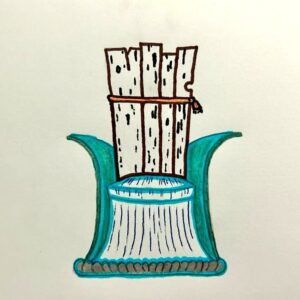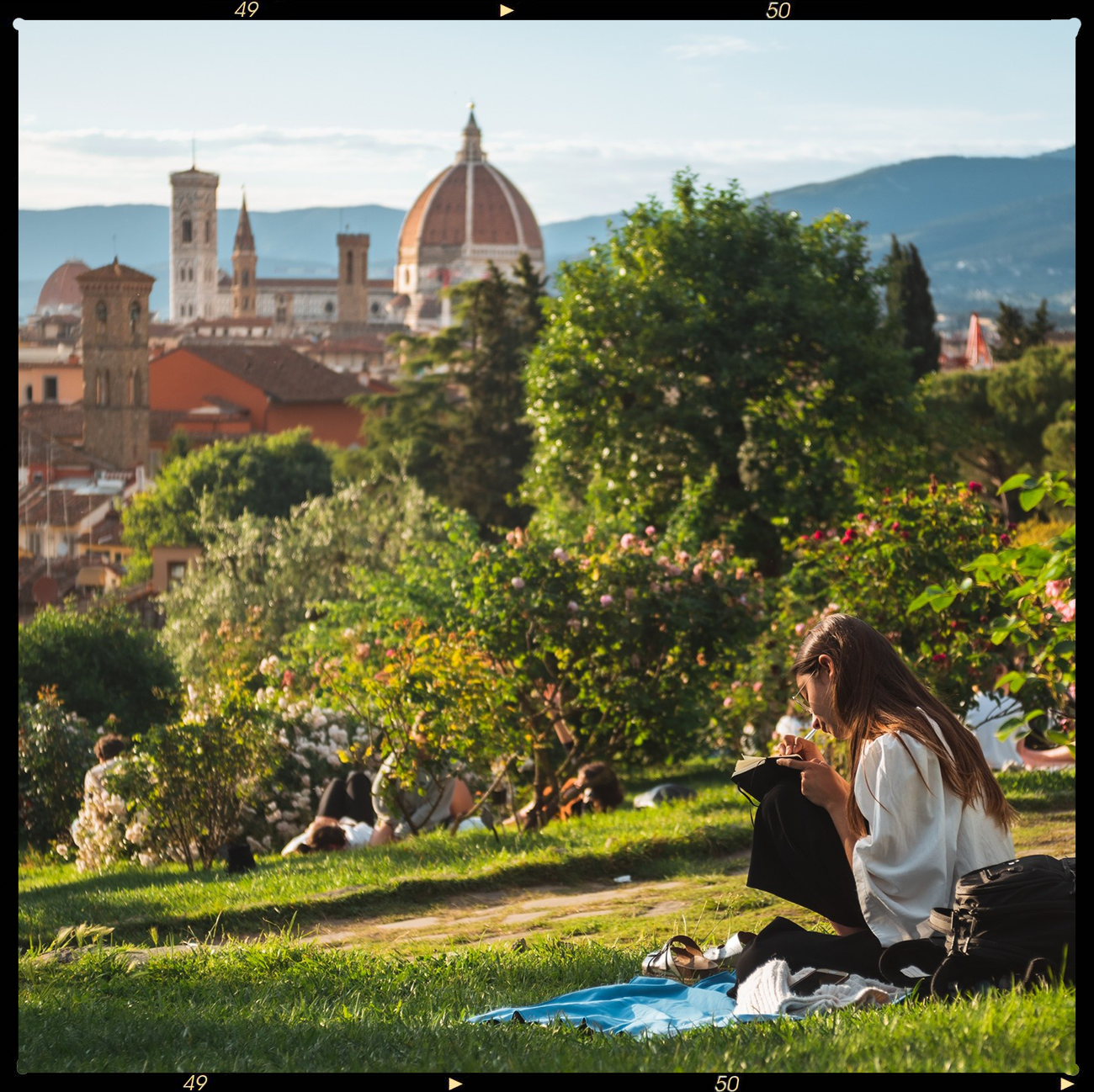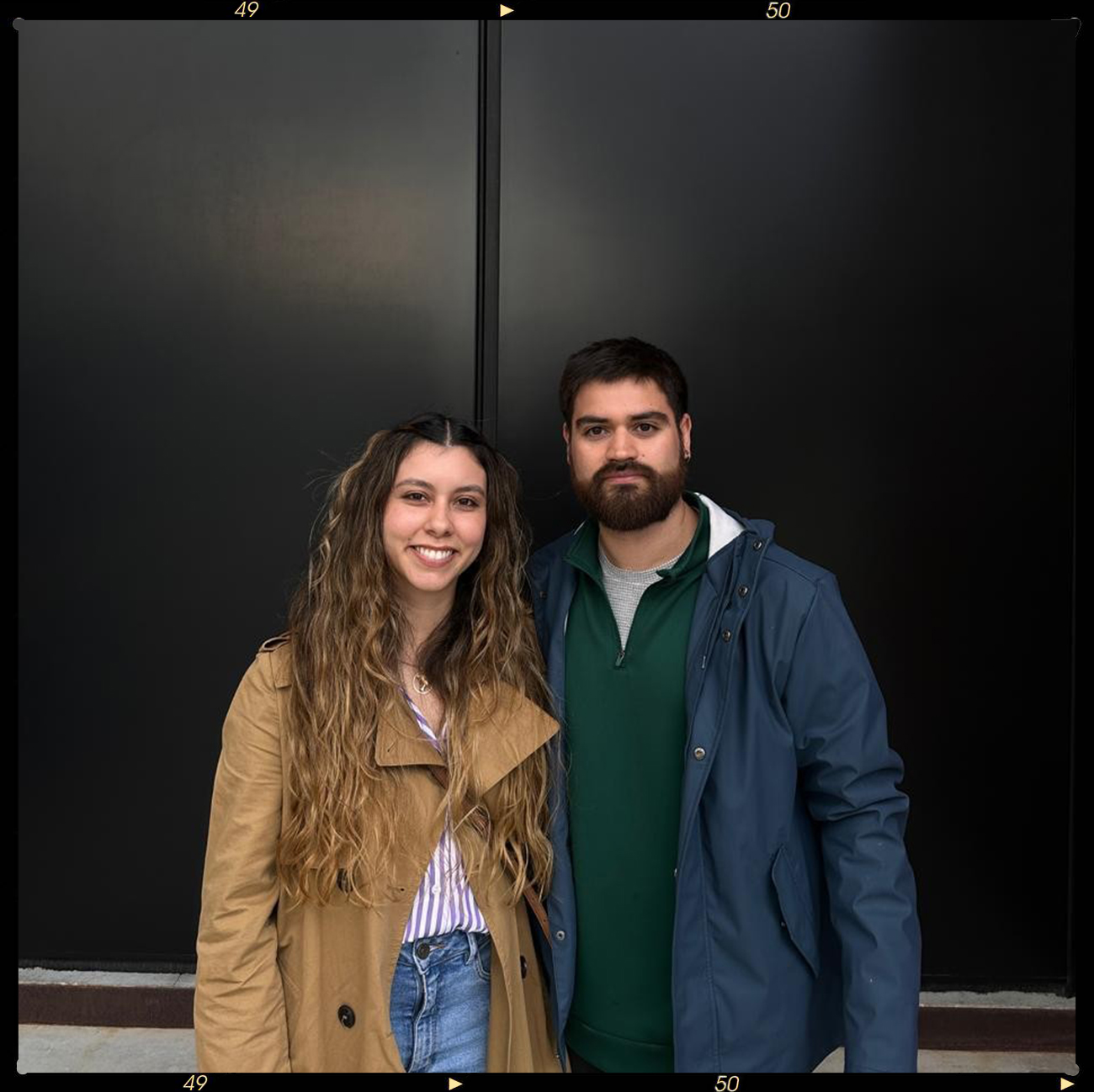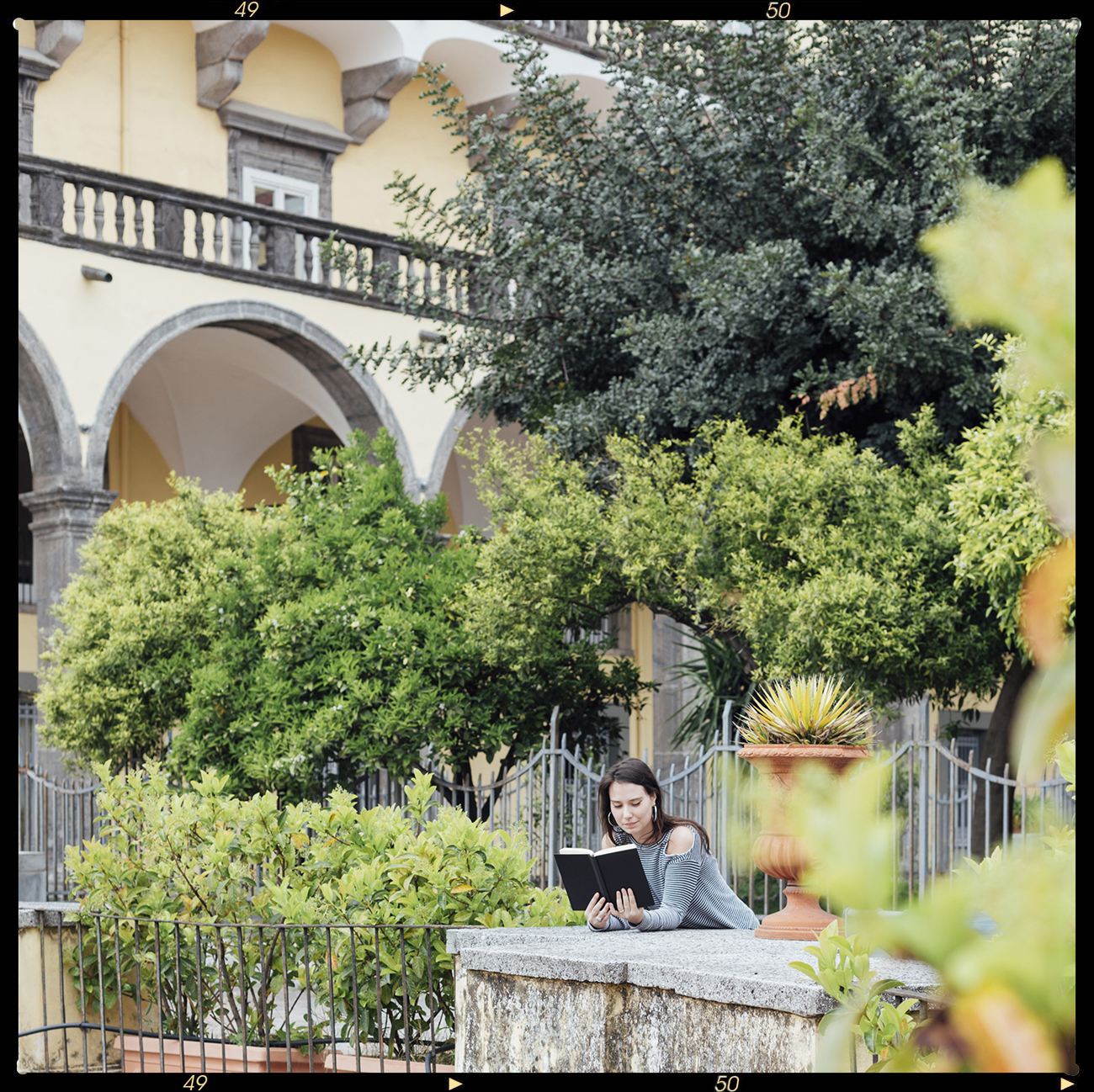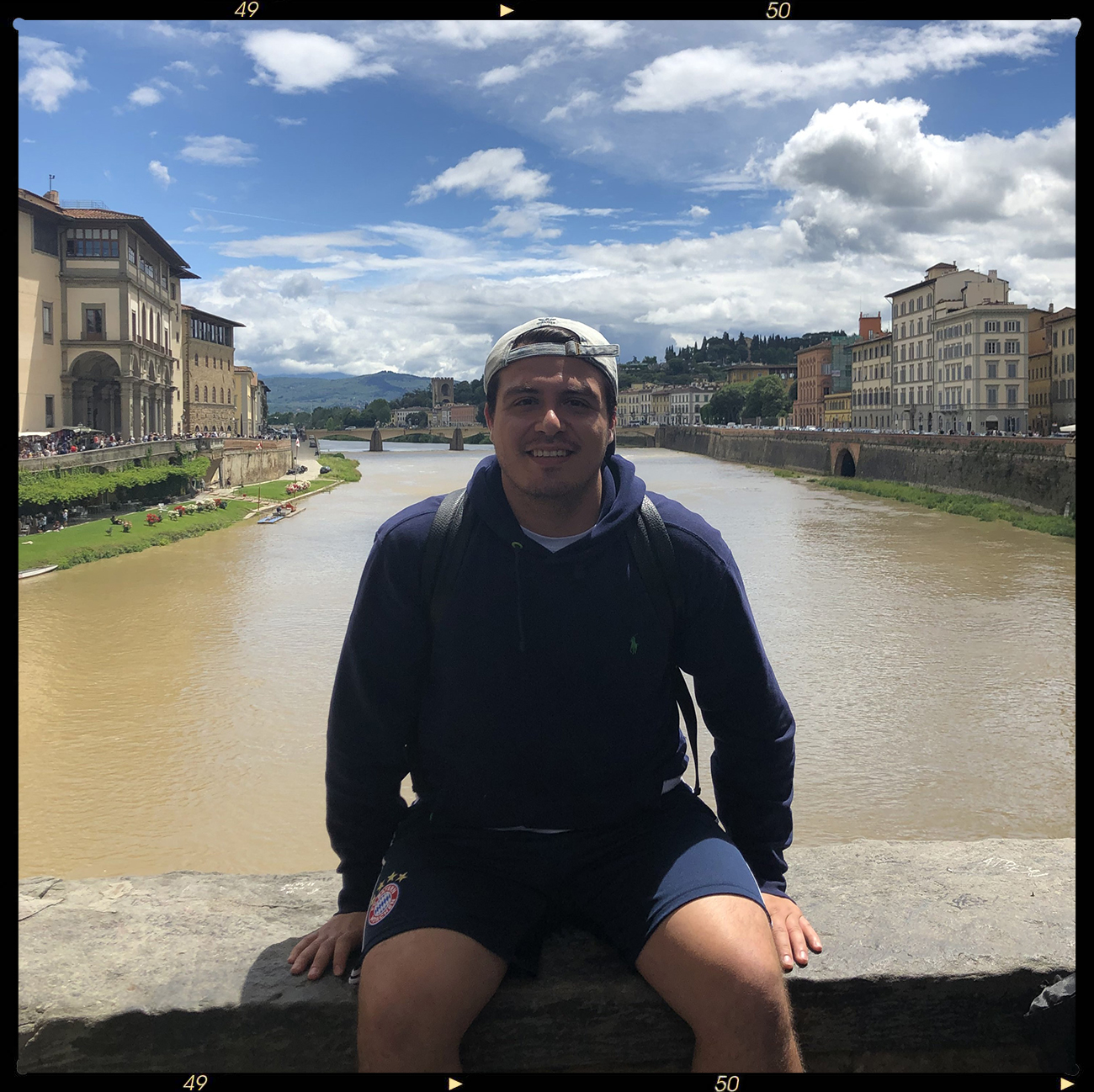
What If? A fictional meeting between Wright and Hemingway
Art and Design are shaped by the people who dare to push boundaries, just as literature is molded by those who seek to capture the essence of human experience. In this imaginative narrative, Master of Architecture student Giuseppe Zuozo envisions a 1920s meeting between architect Frank Lloyd Wright and writer Ernest Hemingway.
Set against the backdrop of the early 20th century, when industrialization threatened the craftsmanship that Wright so passionately defended, the story explores the tension between mass production and artistic integrity.
Step into this “what if” moment and experience a meeting of minds that history has never recorded—but one that feels entirely possible.
What if… Two American Pioneers Met in the Midwest
by Giuseppe Zuozo Jr.
Wide lawns and narrow minds. A phrase coined by Ernest Hemingway to describe the people of the Midwest, where he grew up. Another influential American was born and raised in the Midwest simultaneously; his name was Frank Lloyd Wright. Oddly enough, these two giants in their respective fields never met. Although their paths constantly crossed and they knew of one another, a face-to-face encounter was not on the books. Hemingway was born in Oak Park, the same town where Wright made a name for himself. Independent thinkers, pioneers of their time, and outrageously bigger-than-life personalities to go along. These two seem like they could’ve been the best of friends, and yet it’s a shame history never got them in a room together for a meeting of the minds. What if they did meet? What would they talk about? What would they drink? Would they be friendly or enemies? Follow me and ponder the question, what if? …
Imagining the Unmet Meeting
The Year 1920 in Oak Park, Illinois
Catherine, where are my hat and cane? I’m going to be late. Where it always is, Frank, right by the front door. Oh yeah, sorry, I must be a bit nervous; my brain is a bit scattered today. Now why is that, Frank? I’m meeting a fellow Oak Parkian for lunch. He reached out to my office and said he wanted to meet, and that I would like to hear what he has to say. Sounds wonderful, then why are you so nervous? It’s Ernest, the local reporter boy. Oh… Good luck then.
A Toast to Shared Passion
Frank! Over here, we have a private table in the back. Ernest, I’ve read some of your articles covering the war; it’s nice to finally meet you. No, Frank, the honor is all mine. Your architecture covers my hometown and brings it back to life. I walk past the Thomas House on my way to work all the time. So, Frank, what are you drinking today? Whatever you’re having. Okay, two rums, please. Rum? Yeah, I know it’s an odd drink; I picked it up from the locals while in Florida. So, Ernest, why did you want to meet with me? I’ve heard about your movement to bring human life back into your design and furniture. The craftsmanship your projects garner is unmatched by what we see in urban neighborhoods of Chicago. I want to shine a light on what you are doing and write about it for the paper so that these narrow-minded people can truly grasp what you are trying to accomplish.
Declining the Offer
I don’t know, Ernest; like I said, I’ve read your work, and you can come off a bit bullish. It’s not like this movement is something new. If anything, we’re the last to bring it to our works. If the Americans would rather have something built by machines, then so be it. I can’t change everyone’s mind, but if I can reach a few, then I feel like I accomplished something. You might not be able to change everyone’s thinking, but I can! And that’s what I’m most scared of. For that reason, I decline your offer. Thank you, Mr. Hemingway, for the drink. I have to get going; the Ennis family came all this way from Los Angeles and is waiting for me at my office. Goodbye, Mr. Wright.
A Chance Encounter Year Later
The Year 1958 in New York City
Frank?!? Is that you? … Do I know you? Frank, it’s me, Ernest Hemingway. Oh wow, how you have matured; I barely recognize you. Yeah, war will do that to a man. Before I forget, congrats on your Pulitzer award. I’ve read The Old Man and The Sea on my way here; it’s going to be a true American classic. Congrats. Thank you, Frank. What are you doing in New York? I’m here to break ground on my biggest commission yet. It’s an art museum right here in the city. Wow, Frank, that’s amazing; I bet it’ll be a masterpiece. Just don’t lose your human connection now that you’re in The Big City.
Promises Unfulfilled
Ernest, you don’t understand how hard that’s been. My client wants a very modern contemporary design to house their art. Luckily, I was able to control the facade design to be board-formed concrete rather than precast panels. Keep up the battle, Frank; don’t let the machines win, ha-ha. I’m an old man; I don’t have much fight left in me. Don’t say that, Frank! Ernest, come see the museum opening next year; I’ll make sure I handcraft a special piece of furniture just for you. I promise you I will be there. It was good seeing you, Ernest. I have to run now. Good luck with your next novel; I can’t wait to read it.
Frank never got to read another one of Ernest’s books, nor did he get to see the opening of his art museum. Frank Lloyd Wright died six months before the opening. Although Frank wasn’t going to be there, Ernest Hemingway kept his promise and showed up to the opening of the Guggenheim Museum. Frank also kept his promise, and when Ernest arrived, there was a special handcrafted chair just for Ernest to sit on, with a note: “From one old man to another, I hope this chair makes you feel like you are back at sea.”
